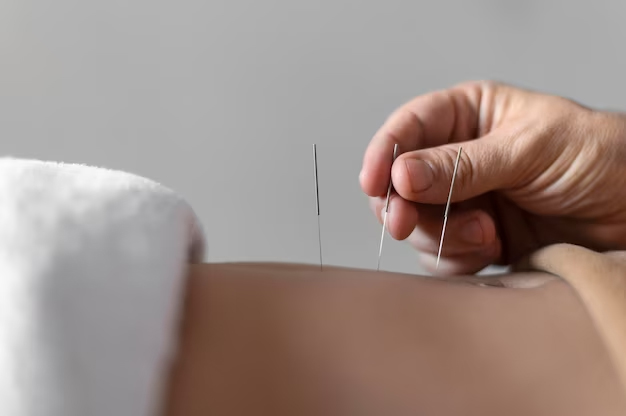
How does Chinese medicine work?
Chinese medicine is a truly holistic form of medicine, it aims at treating the whole body rather than just the symptoms. It emphasises the body as a whole concentrating on strengthening the patient’s own immune system and corrects the imbalance of the internal organs.
How does acupuncture work?
By stimulating the body’s own pain-relieving endorphins and oxytocin, acupuncture promotes sleep by stimulating the release of melatonin, and encourages a sense of well-being by stimulating the release of serotonin.
Acupuncture involves inserting very thin stainless steel needles into the skin. It has a history of more than 2000 years in China and has been widely used in Western medicine since the 1970s. Acupuncture can be used to treat a variety of common health problems and relieve pain.
Does Chinese medicine complement western medicine?
Although Chinese medicine and western medicine follow two distinct medical traditions, they share a common goal in the relief of suffering. However, with certain conditions Chinese medicine has the most effective results, complete cure being common.
